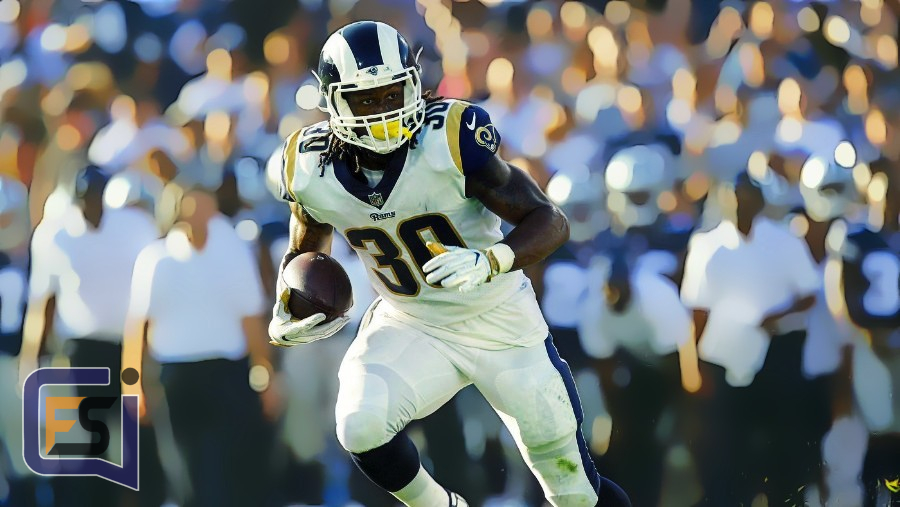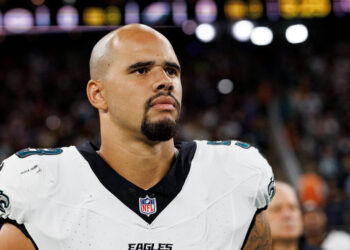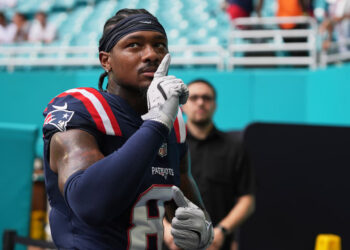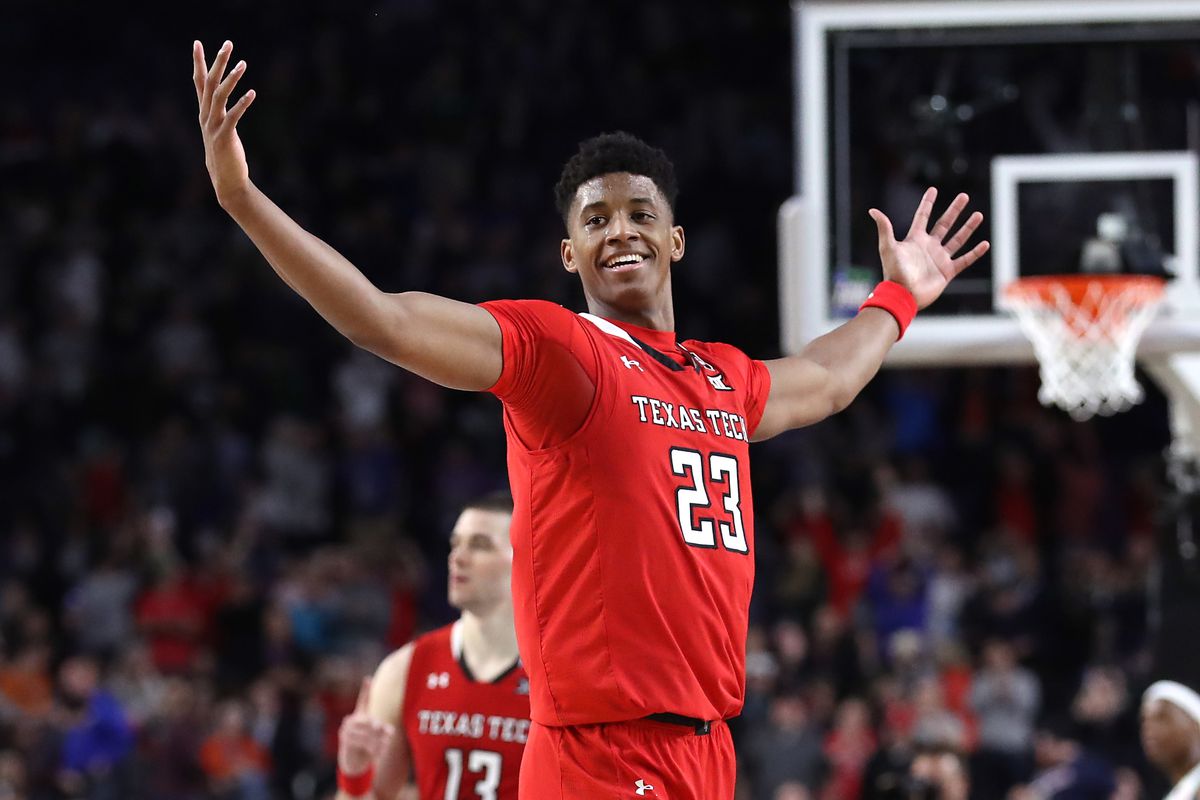Forecasting fantasy football results is very similar to forecasting the weather, which I have been doing for over 30 years. In weather forecasting, you come up with the most likely conclusion for where the model guidance, surface observations, gridded data, satellite pictures, radar output, atmospheric soundings and other assorted data is guiding you. But you also know which direction the forecast is most likely to fall apart if it fails to live up to your expectations. There is always a range of outcomes possible in fantasy football forecasting, just like in weather forecasting.
Recency Bias
It makes sense to have some recency bias when it comes to forecasting outcomes, but you also need to have a historic context of possibilities. Similarly in weather forecasting, if you are forecasting a record-setting event, too often you are doomed for failure. But too often fantasy football analysts are too blinded by recent bias. If Player X outscored Player Z last season, too many analysts assume the same will happen again. Last year’s data should be the input to start calculations, not the conclusion on what will happen this year. Take a look at how often the top 10, 20 and 50 at each position turns over from one year to the next and you instantly see why recency bias needs to be taken as only one piece of the puzzle.
What is Changing?
In fantasy football, changes in coaching, the roster, offensive schemes, strength of defense matchups and natural changes in a player’s ability all need to be factored into your predictions. If you don’t understand what those changes will do to a player’s fantasy ability, that adds more uncertainty to the equation. Uncertainty equals opportunity late in the draft, but is a sure roster killer early in drafts. It’s all about risk and reward.
Injuries
Why do I discount injury with most players? Injuries are often the chaos in the good data that leads to bad forecasts. Again, our recency bias comes into play. Also, sometimes it pays to invest in players who you know will get worn down or injured, but before breaking down will give you 8-12 great games. Even the most injury-prone players can often have that dream season where they stay perfectly healthy and that is when they really blow away their ADP. That is the most extreme version of how recent bias can sink us.
Theory Versus Practice
My structured approach simply defines how to arrive at those ceiling versus floor levels with the least amount of personal bias getting involved. Since we are human and the data crunching we are doing is subjective, not completely objective, we will always insert personal bias into the process.
In fantasy, I see people come up with a theory and keep looking up statistics until they find one that supports their original idea. This is using statistics as a drunk uses a light pole, for support rather than illumination. Using my simple list of items in fantasy forecasting, you can minimize your bias and therefore your errors. Give me enough time and I will find a statistic to support any conclusion I might have about a certain player! But if you have a structured way to let statistics guide you, the better you ceiling and floor values will improve.
List of Data Needed
I have come up with a simple formula to follow, and by using this list for each player, I can maximize the impact on my fantasy football game while minimizing the impact to my life! I will give you the list without going into detail on why these factors were chosen and others omitted…
- Last three years of rankings
- Significant roster changes, plus or minus
- Changes to coaching plans/offensive concept
- Changes to defense on player’s team
- Top-10 weeks rating based on last two years
- Specialized fantasy football tool — combines consistency with big play potential
- Age of player
- Injury history and potential
Low and High Range Outcomes
There is a big reason why some players are first off the board at their position in fantasy football. Most fantasy players are risk adverse, so by definition the guys off the board first offer the best reward with the most minimal of risks.
Later in the draft, I intentionally look for the high-upside guys without any regard to their downside. I would rather load up on guys that have a chance to finish a huge number of spots ahead of their ADP if everything goes well. But early in the draft, you have to be very careful about the guys with a high range of outcomes. Too many bad decisions early in the draft can sink your team.
We will be putting this theory into practice soon. Stay tuned for us projecting the values of some of your favorite players!
Forecasting Andrew Luck’s Fantasy Value
Forecasting Saquon Barkley’s Fantasy Value
More Articles
European Soccer Stars Who Might be Coming to MLS Next Season
Alvin Kamara, Ted Ginn and Many Others to Compete in 40-Yard Dash Tournament
The Colts Are a Great Long-Odd Bet to Win the Super Bowl
NFL Teams With the Most Remaining 2019 Cap Space
Notable NFL Free Agents Still Available








